Structuring Great Wellness Coaching Sessions – Part 2 Process and Progress
Though every coaching session is unique, coaching sessions that follow a general structure are usually more productive. In our last blog post we showed how a coach can use structure by Co-Creating The Agenda for the session to get off to a great start.
In that beginning structure we followed this basic sequence:
• Greet and Connect. Small talk. Keep it brief.
• Check-in.
o Coach and client – and here is the key – DO NOT PROCESS what the client is reporting on.
• Co-Create The Agenda for the Session
o Coach enquires about what else the client wants to focus on during today’s session. Again – DO NOT BEGIN PROCESSING.
• Remember the Importance of Dancing in the Moment
o Despite the co-creation of a wonderful agenda, be prepared to modify it or even abandon it entirely depending upon what happens in the session.
• Now You Can Begin Processing
The key that we explored in that blog was when to begin processing. Without working together to structure the session first, premature processing all too often leads to a rambling, less than productive misadventures.

PROCESSING – FINALLY!
Clients and coaches are always anxious to explore and get into the content of the session. Now that we’ve got an agreed-upon agenda in place that has prioritized what we want to address first, we’re ready to go!
The processing part of a coaching session is where much of the learning takes place for our client. We create that safe container where our clients explore, understand, and gain insight into their own behavior and thinking. It’s where we help them look at their behavior, their interactions with others, with new perspectives. It’s where all of the coach’s skills come out and do their job.
This is where “How to Be” is just as important as “What to Do”. Coaching presence, the expression of empathic understanding, providing unconditional positive regard, being genuine and real, all help our client to feel appreciated, understood and heard. The Coaching Alliance continues to build with each coaching conversation.
As we process with our clients, we help them to address the internal and external barriers to change that are holding them back. We employ strategic thinking and brainstorming together looking for solutions. The coach can help their client identify assumptions that they are operating on and see how self-defeating that can be. This is also where effective coaches show how they can work productively with their client’s emotions. Coaches help their clients to contact and name their feelings, increase awareness of the role those feelings are playing in their decision making and interactions with others. This is where we help our clients explore the sources of support that they have, or lack, for living a healthier lifestyle.
 Photo by M. Arloski
Photo by M. Arloski
NEXT STEPS – Forwarding the Action
Processing is sometimes hard work for both coach and client, but it often so rewarding, even stimulating, that we can tend towards remaining engaged in it up to the last minutes of our session. Coaching, especially when it is productive, is fun! Can we have too much of a good thing? Well, yes.
A productive processing session can open doors for our clients. Now they have to go out through those doors and make the improvements to their way of living that will make a difference. What makes coaching truly effective is how we set our clients up for success when they go out that door and have to implement what they have learned. The real behavioral change does not take place in the coaching session. It takes place out there in our client’s own life through the rest of the next week.
Change occurs in a treatment session during the session itself. The massage therapist, or the acupuncturist, works their methods while the patient is on the table. Then they can go out and use that stiff shoulder to play tennis again. Change – behavioral change – lifestyle improvement – takes place as our client lives their life, day in and day out after our session. This is why coaching works very consciously to help our clients with what we call Next Steps.
Co-creating (not prescribing) Next Steps is all about strategizing what will be the most effective Action Steps that our client can take between now and the next time we have an appointment, to make progress on their wellness goals.
Well-Designed Action Steps work best when they have:
• An alignment with the client’s values and interests.
• A motivational connection between the Action Step and the Goal the client is trying to achieve. This provides the “why” – why am I doing this?
• Congruence with the Stage of Change that the client is in for that particular behavior.
o Contemplation: continue coaching about it, but Action Steps could include journaling, talking to others about it, etc.
o Preparation: doing research to find out more information, available resources, building sources of support before taking action.
o Action – identifying steps that are at the ‘just right’ level of difficulty. This can vary from taking on a challenge the client feels up for to the irrefutably easy ‘baby steps’ we may take to begin with.
Ongoing Action Steps
As our clients continue their work on their Wellness Plan, they will be engaged in various Action Steps over a longer period of time. As we work on Next Steps with our client, we may find there is a need to:
• Recommit – Recommitting to the same Action Steps from the last time. Perhaps the client simply needs to continue to make the slow but steady progress with more of the same. Or, if our client was not very successful last time, perhaps they are more confident that this week there is greater support for success.
• Reset – If our client found that the Action Step level was too challenging last time (too many walks in one week, etc.), or not challenging enough to be effective and give them the results they want (not meditating frequently enough in the last week) we may need to reset the level to a more optimum range.
• Shift - Perhaps client and coach conclude after processing that the Action Step itself needs to be shifted to something different. Our client may find that working out alone is not as easy as expected and decides to try signing up for a fitness class, for example.
Save Time for Next Steps
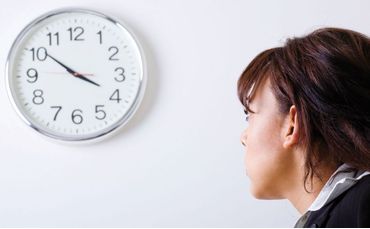
As you can see, if done right, setting up our client for success with well-designed Action Steps has a lot of considerations. In addition to co-creating the Action Steps themselves, the effective coach will also be asking:
• So, who/what will support you in achieving these Action Steps?
• What barriers to getting these Action Steps done can you already anticipate?
To do all of this takes time. Waiting until time is running out at the end of the session because you have stayed with processing too long can result in poorly designed Next Steps. A good rule to follow is save at least one-third of the session for Next Steps. So, with a 30 min. session, start working on Next Steps with about ten solid minutes left to go.
The Accountability Agreement
As we finish up our Next Steps part of our coaching structure, we still need to arrive at clarity with our client about how they will be holding themselves accountable to follow through on their Next Steps and how we, the coach, can help. In our next blog we will explore effective coaching for accountability.
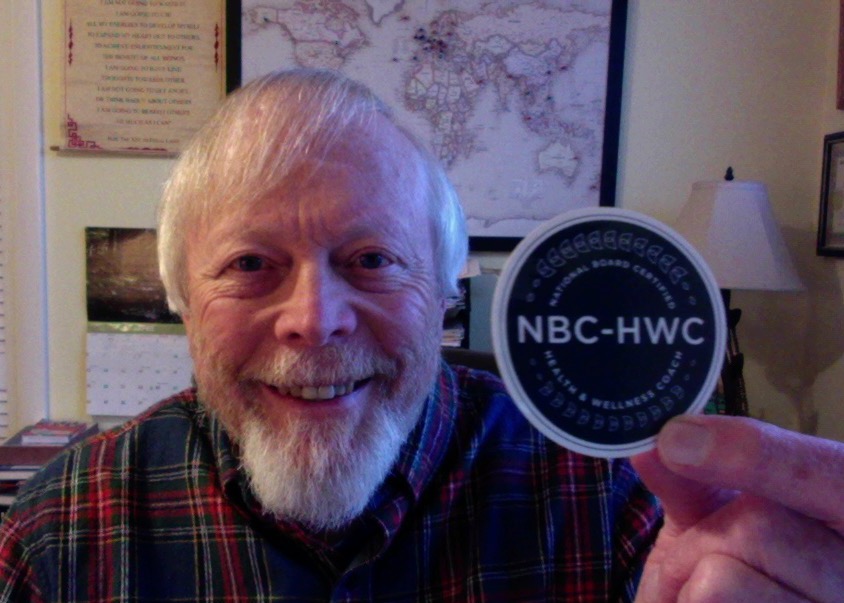
Michael Arloski, Ph.D., PCC, NBC-HWC is CEO and Founder of Real Balance Global Wellness Services, Inc. (www.realbalance.com). Dr. Arloski is a pioneering architect of the field of health and wellness coaching. He and his company have trained thousands of coaches around the world. Dr. Arloski’s newest book is Masterful Health & Wellness Coaching: Deepening Your Craft https://wholeperson.com/store/masterful-health-and-wellness-coaching.html
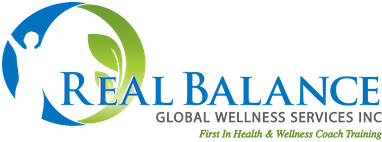

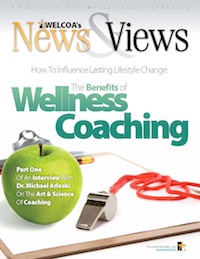
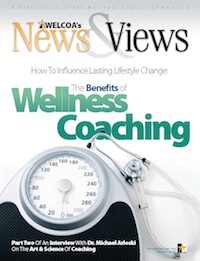


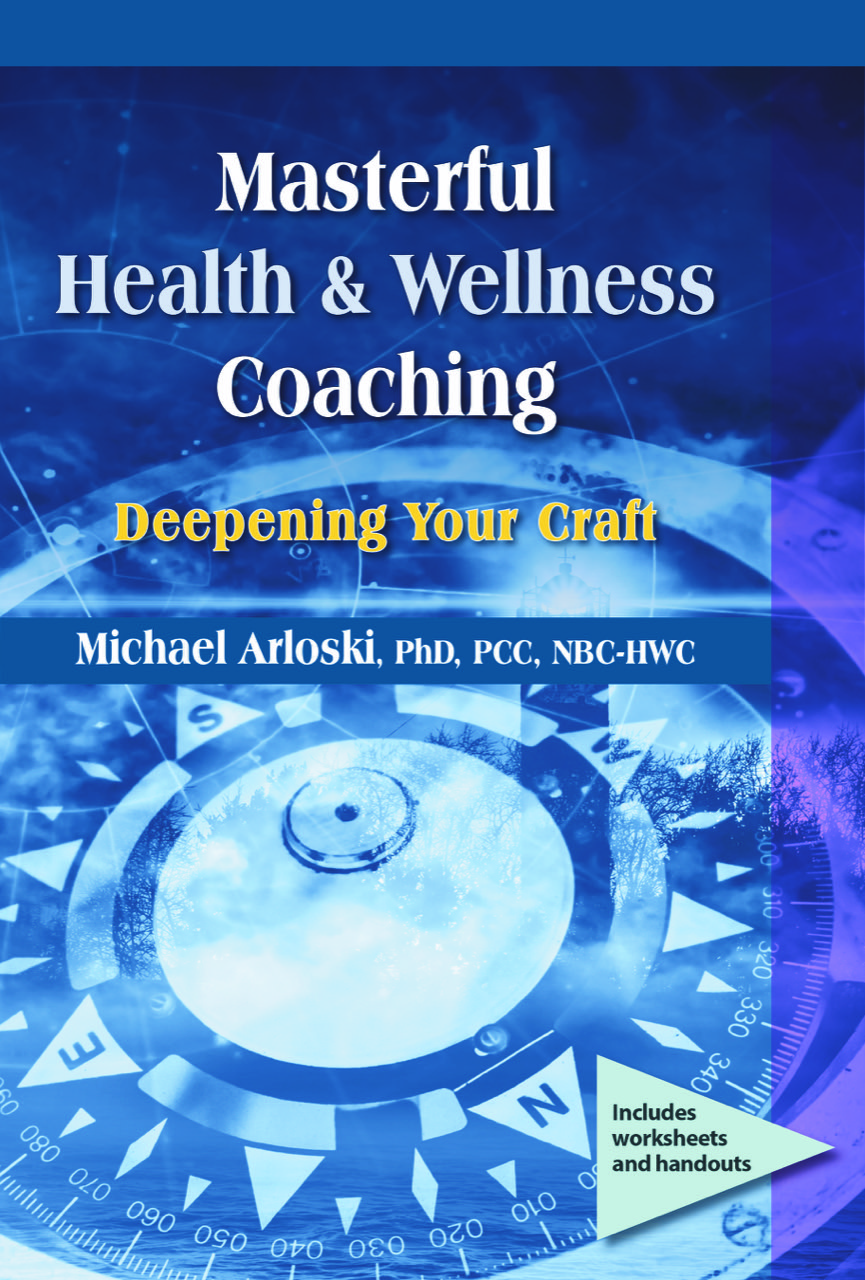

Only registered and logged in readers can leave comments.